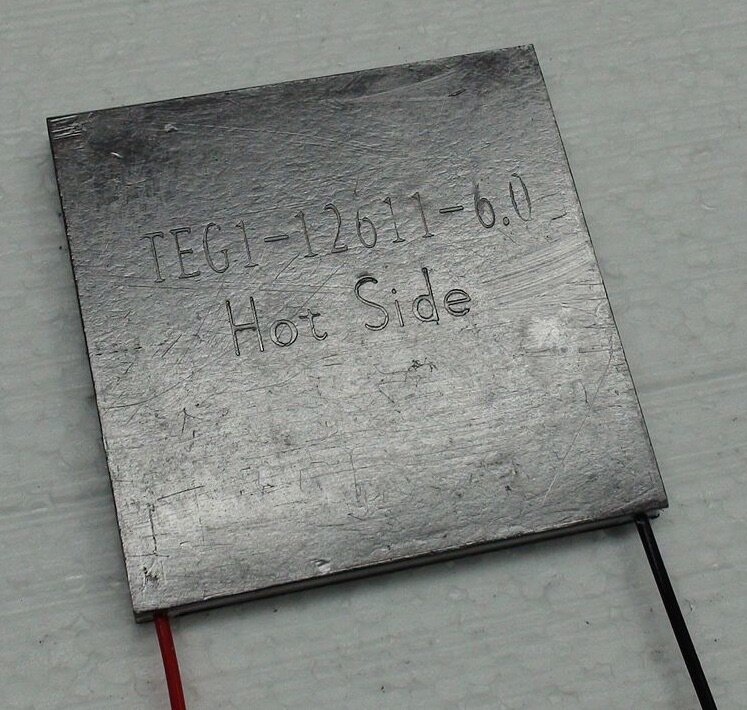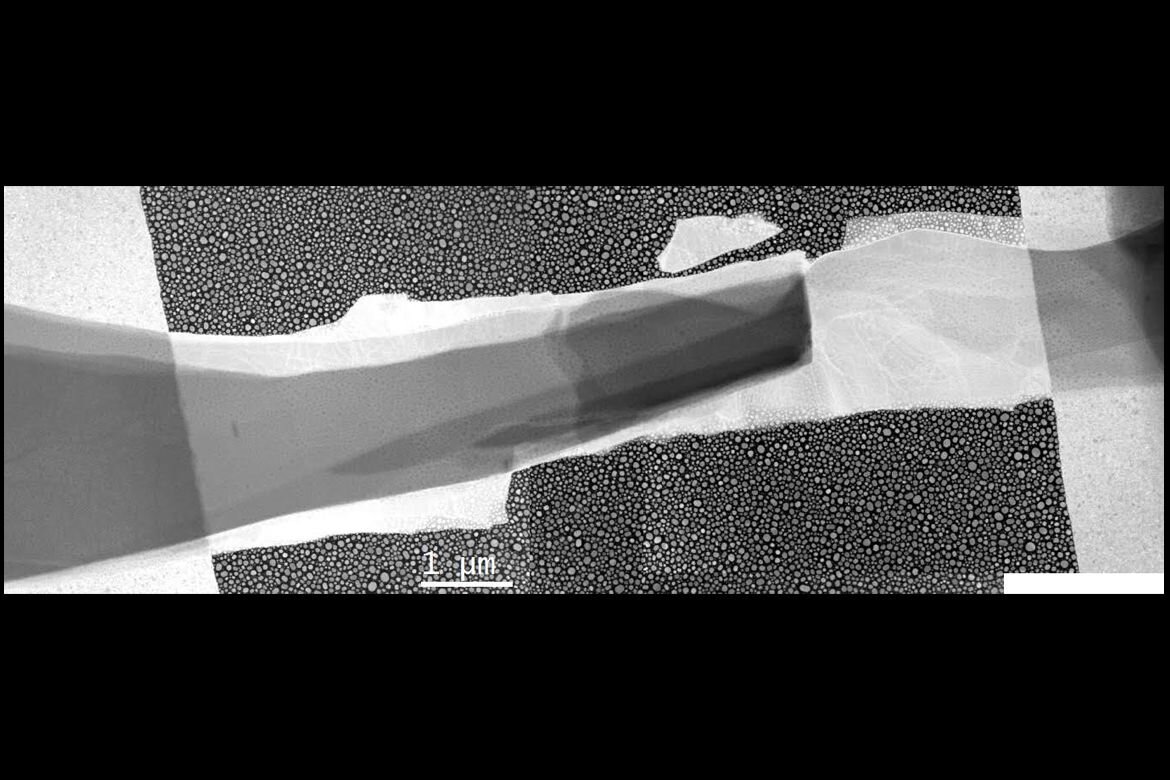“We've made the world's smallest refrigerator,” said Chris Regan, lead author of the new article.
However, scientists explain that these tinythe devices are not refrigerators in the usual sense - there are no doors or containers. But on a larger scale, the same technology is being used to cool computers and other electronic devices, as well as regulate temperatures in fiber optic networks, and reduce image “noise” in high-end telescopes and digital cameras.
These devices, created by placing twodifferent semiconductors between the metallized plates work in two ways. When heated, one side gets hot while the other stays cool; this temperature difference can be used to generate electricity. In the future, similar devices could be used to capture heat from a car's exhaust gases to power its air conditioner.
But this process can also be started in reversedirection. When electrical current is applied to the device, one side becomes hot and the other cold, allowing it to serve as a cooling device. This advanced technology could one day replace the vapor compression system in a real refrigerator and keep soda cold in real life, for example.
 A standard thermoelectric device consisting of two semiconductor materials sandwiched between metallized plates. Credit: Wikimedia Commons.
A standard thermoelectric device consisting of two semiconductor materials sandwiched between metallized plates. Credit: Wikimedia Commons.
To create your own thermoelectric coolersRegan's team of six UCLA students used two standard semiconductor materials: bismuth telluride and antimony-bismuth telluride. They attached ordinary duct tape to pieces of ordinary bulk material, removed it, and then removed thin single-strand flakes from the material still adhered to the tape. From these flakes, they made functional devices with a thickness of only 100 nanometers and a total active volume of about 1 cubic micrometer, invisible to the naked eye.
“We have broken the record for the smallestthermoelectric refrigerator in the world more than ten thousand times, "- said Xin Yi Lin, one of the authors of the article and a former student of the Reagan research group.
Focusing on nanostructures -devices with at least one size in the range of 1 to 100 nanometers - Regan and his team hope to discover new ways to synthesize more efficient bulk materials.
Another distinguishing feature of the nano-sized "refrigerator" is that it can react almost instantly.
“Once we understand how thermoelectric coolers work at the atomic and near-atomic levels,” Regan explains, “we can scale to the macro level, where there is even greater benefit.”
 This is an image obtained usingelectron microscope, shows two semiconductor coolers - one flake of bismuth telluride and one of antimony-bismuth telluride - overlapping in a dark area in the center where most of the cooling occurs. Small "dots" — these are indium nanoparticles that the team used as thermometers. Credit: UCLA/Regan Group.
This is an image obtained usingelectron microscope, shows two semiconductor coolers - one flake of bismuth telluride and one of antimony-bismuth telluride - overlapping in a dark area in the center where most of the cooling occurs. Small "dots" — these are indium nanoparticles that the team used as thermometers. Credit: UCLA/Regan Group.
Measuring temperature in such tinydevices is not an easy task. Optical thermometers have low resolution at such small scales, while scanning probe methods require specialized expensive equipment. Both approaches require painstaking calibration. Regan praised the work of his research students in developing and measuring the performance of nanoscale devices.
Read also
In the era of ecosystems: how IT giants are turning into interfaces of our everyday life
The Doomsday glacier turned out to be more dangerous than scientists thought. We tell the main thing
GitHub has replaced the term "master" with a neutral equivalent